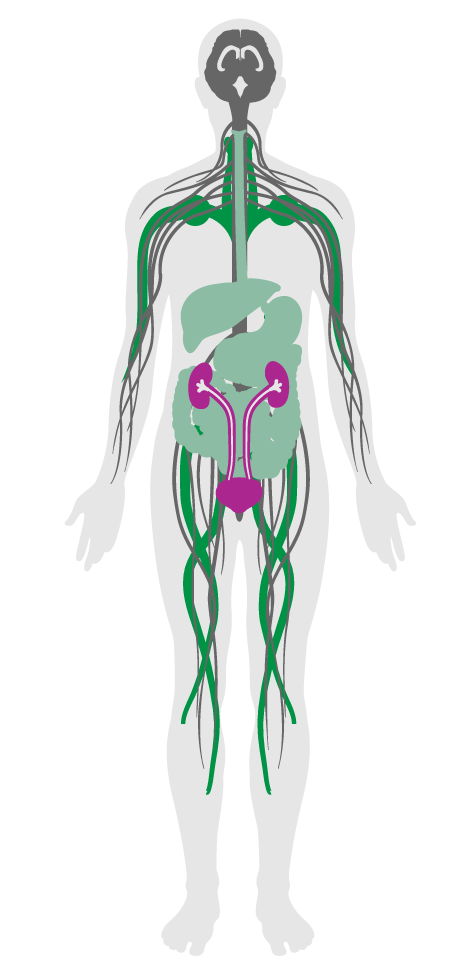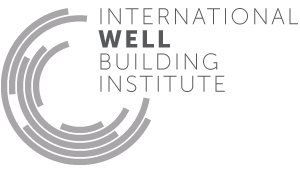Periodic water quality testing
35. Periodic water quality testing
Changing industrial practices and temporal variations in temperature, pH and weather may affect the leaching rate of inorganic metals into drinking water sources. In most cases, a one-time test and the use and maintenance of appropriate filters is sufficient to provide good quality water. However, where possible, more routine testing can help to reaffirm that a building is consistently receiving high quality water.
Quarterly testing for inorganic metals ensures that water quality is maintained year-round. This feature requires that detailed records are kept of all tests, and that a remediation plan is in place for cases where unacceptable water quality has been detected.
Outdoor lighting meets the following requirements:
Projects provide a written policy specifying:

Applicability Matrix
| Core & Shell | Tenant Improvement | New Construction | |
|---|---|---|---|
| Part 1: Sufficient Lighting | - | - | - |
| Part 2: Water Data Record Keeping and Response | - | O | O |
| Commercial Kitchen | Schools | Multifamily Residential | Restaurant | Retail | |
|---|---|---|---|---|---|
| Part 1: Sufficient Lighting | - | P | - | - | - |
| Part 2: Water Data Record Keeping and Response | O | O | O | O | O |
Verification Methods Matrix
| Letters of Assurance | Annotated Documents | On-Site Checks | |
|---|---|---|---|
|
PART 1 (Design) Sufficient Lighting |
|||
|
PART 2 (Protocol) Water Data Record Keeping and Response |
Operations Schedule |
| 35.1.a |
The WHO Guidelines for Drinking-water Quality, Fourth Edition notes that some hazards "may arise intermittently, often associated with seasonal activity or seasonal conditions." |
| 35.1.b |
The WHO Guidelines for Drinking-water Quality, Fourth Edition notes that some hazards "may arise intermittently, often associated with seasonal activity or seasonal conditions." |
| 35.1.c |
The WHO Guidelines for Drinking-water Quality, Fourth Edition notes that some hazards "may arise intermittently, often associated with seasonal activity or seasonal conditions." |
| 35.1.d |
The WHO Guidelines for Drinking-water Quality, Fourth Edition notes that some hazards "may arise intermittently, often associated with seasonal activity or seasonal conditions." |
